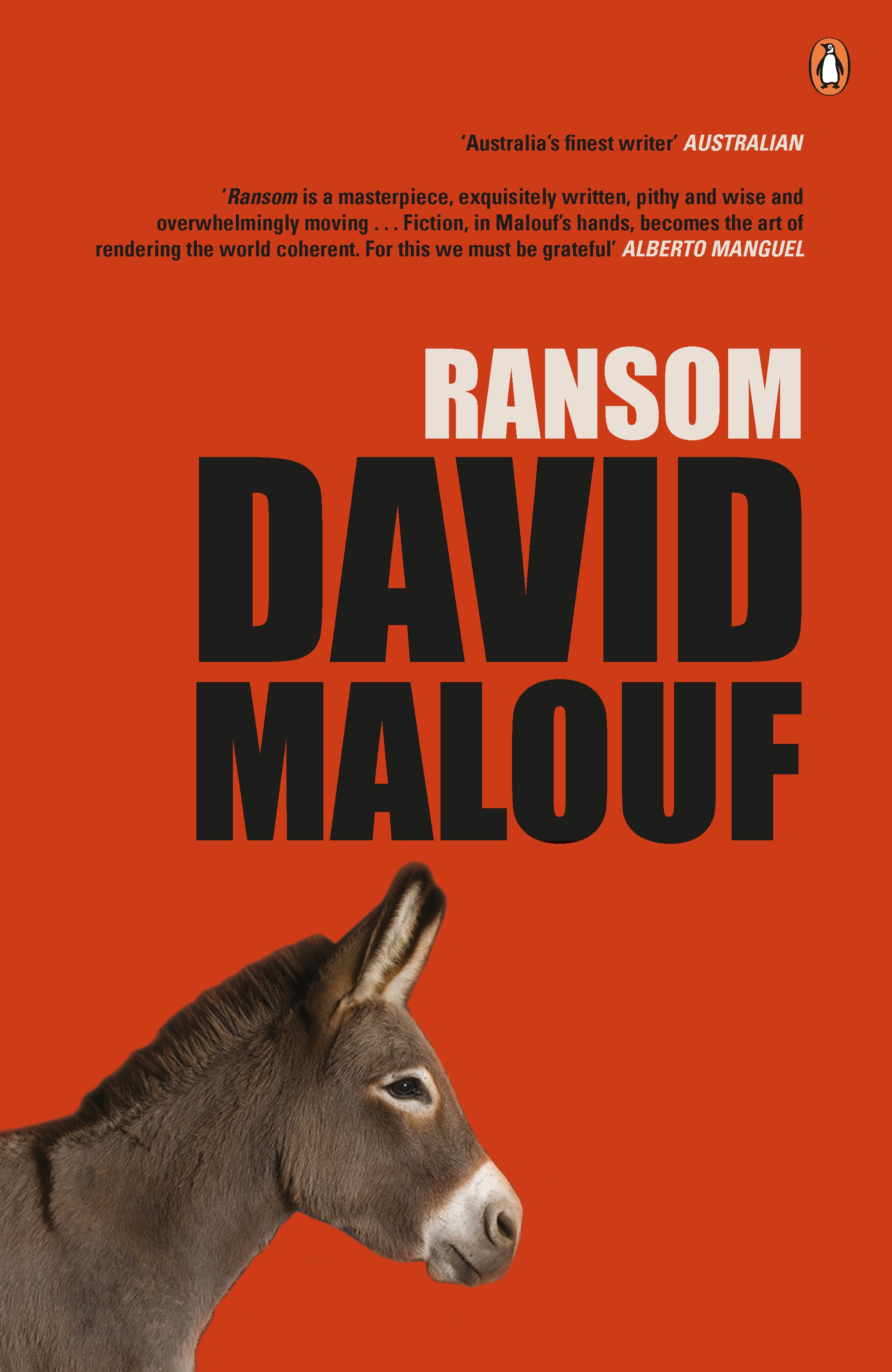This Resource is for Year 12 English students studying Unit 4 AOS:1 Reading & Comparing Texts in the Victorian VCE Curriculum for 2023 the dystopian novel ‘Never Let Me Go’ by Kazuo Ishiguro and the dystopian collection of stories ‘Things We Didn’t See Coming’ by Steven Amsterdam.
Introduction
Novels ‘Never Let Me Go’, by Kazuo Ishiguro (2005), and ‘Things We Didn’t See Coming’, by Steven Amsterdam (2009), offer thought-provoking views into alternative realities so close to our world that the parallels are obvious. Advances in medical treatments through gene therapy, and experimentation with cloning, are current issues where technological capability is, at times, ahead of the ethical considerations and restraints. Similarly, the Covid-19 pandemic, the environmental impact of climate change, the rise of oppressive political regimes, and the divide between the ‘haves’ and ‘have nots’ are also much-debated topics in our own society.
Why Compare these 2 Texts?
Whilst these are two quite different novels, they both have young first-person protagonists who are exploring the worlds in which they live, searching for meaning and exploring their identities within this context. They form close friendships, fall in love, and create a sense of family and belonging. They also face loss, betrayal, and existential crises of a very real kind.
Speculative/Sci-fi or Dystopian Fiction?
Set in a parallel present or recent past, both novels can be categorised as speculative, sci-fi or dystopian fiction. The societies created in each text are recognisable to readers, even quite ordinary in the case of ‘Never Let Me Go’, but with a twist that jolts readers to question occurrences that might have once seemed acceptable by giving us a different viewpoint. In the case of ‘Things We Didn’t See Coming’, we start somewhere familiar (Y2K panic) then are soon catapulted into an environmental catastrophe and a pandemic (Covid-19 or plague similarities) —although not beyond the bounds of belief—and the resulting social and political chaos. As with most speculative fiction, the texts ask ‘what if…?’ and try to answer it with their narratives.
Questions Survival
Each text leads us to question what we are prepared to do to ensure our survival, collectively and individually. Both novelists position readers to see that human beings will ignore what they know is right, that they will bend their values and change their moral belief systems to get what they want, or need, to survive. Would you be prepared to steal, lie and cheat to meet you and your family’s needs? Would you be prepared to sacrifice the lives of other beings for your own?
What Makes us Human?
The novels, however, also come back to ideas about what makes us human. What is the essence of our ‘humanness’? They both suggest that what humans need above all is to belong, to find a tribe to protect them and to know who they are. Most times, these tribes are beneficial, but they can also be exclusive, divisive and threatening. The texts offer views of each of these. Mostly, however, each novel shows the importance of family or the need to belong to a family by whatever definition you give to this.
How much can we Control?
During the COVID-19 pandemic, many of us came to recognise that we can only control what we can control. Both of these novels celebrate this idea. Whilst the characters cannot control everything around them, what they do show is their resilience, their ability to adapt and change like the narrator of ‘Things We Didn’t See Coming’, or their ability to find the positives in the people around them like Kathy in ‘Never Let Me Go’. This is all we can control.
Narrative Perspective & Style
Both have 1st Person Perspective of the Protagonist
Both novels are written in the first person, from the perspective of the protagonist. Amsterdam’s unnamed narrator relates events in a fairly straightforward manner with not a great deal of internal monologue. The dialogue is narrated as it happens, and is often direct dialogue, related without any commentary from the narrator. It is written in the present tense and the readers are positioned to feel a close affinity with the narrator as he progresses through episodes of his life. Perhaps because of the nature of the discontinuous episodic structure, he is rarely shown to think back over his life to past events. Readers observe the way that the pragmatic narrator moves forward to deal with the next thing and then the next.
Contrastingly, readers meet Ishiguro’s narrator, thirty-one-year-old Kathy H. at a crucial moment in her life and in a state of emotional reflection, and all that is revealed is filtered through her memories. Written in the past tense, in a nonlinear time scale of memories Kathy uses a conversational and colloquial tone with use of analepsis (flashbacks) and prolepsis (flash forwards). However, the novel often positions readers to feel less sure of the accuracy of the naïve Kathy’s interpretation of the people and events of her past. In a sense, even though Kathy is recalling her own past, the author makes it clear that she is, at times, an unreliable narrator. Her interpretation of Ruth’s motives, for example, are somewhat naïve. Further, Ishiguro sometimes gives us Tommy’s dialogue as a differing perspective, but this perspective is also filtered through Kathy’s fond memories. The narration of ‘Never Let Me Go’ is complex and invites further consideration as do the writer’s intention.
Structure & Questions in ‘Things We Didn’t See Coming’

In ‘Things We Didn’t See Coming’, the episodic structure of 9 stories /discontinuous narrative/ gaps can make it a frustrating read for those readers who might want a continuous narrative with neat resolutions. The first story ‘What We Know Now’ takes place on December 31, 1999 and the other stories are progressively later. For the most part, each new chapter opens a new episode without any reference to the events or people who were in the previous one.
The novel asks a number of ‘what if’ questions which it attempts to answer:
- What if climate change immediately impacted our country?
- What if the country and city divide became political?
- What if the planet was overcome by a plague of insects?
- What if a virus wiped out the majority of the population?
| CHARACTERS IN ‘THINGS WE DIDN’T SEE COMING’ | ||
| Unnamed narrator/protagonist in all 9 stories | Otis narrator’s father in ‘What We Know Now’ & ‘Best Medicine’ stories | Cate narrator’s mother in ‘What We Know Now’ story |
| The grandparents of narrator in ‘What We Know Now’ & ‘The Theft That Got Me Here’ stories | Liz & Jenna are mother and daughter who protagonist meets in ‘Dry Land’ story | Margo is narrator’s love interest in ‘Cakewalk’, ‘Uses for Vinegar’& ‘The Forest for the Trees’ stories |
| Juliet is corrupt politician in ‘The Forest for the Trees’ story | Jeph 14-year-old orphan who has the narrator as a guardian in ‘Predisposed’ story | Karuna interviews narrator in ‘The Profit Motive’ story |
Structure & Questions in ‘Never Let Me Go’
In ‘Never Let Me Go’ the novel is divided into 3 parts, with further chapter divisions. Part 1, chapters 1-9 is set in Hailsham. Part 2, chapters 10-17 is Life after Hailsham. Part 3, chapters 18-23 is Kathy’s life as a carer. The novel starts in ‘England, late 1990’s’ following narrator Kathy H. as a thirty-one-year-old carer who is about to become a donor and explores her memories of the past.
The novel asks a number of ‘what if’ questions which it asks the readers to consider their answers:
- What makes us human?
- What rights must all humans have?
- What does an individual ‘owe’ society?
- How we live our lives in order for it to be meaningful?
- Why we should fight to ensure equality amongst all humans?
- Why is organ trafficking unethical?
- Is human cloning the future or is it unethical, just playing God?
| CHARACTERS IN ‘NEVER LET ME GO’ | ||
| Kathy H. narrator/protagonist | Ruth best friend of Kathy at Hailsham | Tommy student at Hailsham/has relationship with Ruth & later Kathy |
| Chrissie & Rodney veterans of the Cottages | Miss Lucy guardian at Hailsham | Miss Emily head guardian at Hailsham |
| Madame Marie-Claude founder of Hailsham and collects creative work of students for her gallery | Miss Geraldine guardian at Hailsham | Keffers looks after maintenance at The Cottages |
| COMPARISON THEMES IN BOTH TEXTS | ||
| dystopian society | humanity & compassion | human nature |
| forms of power & control | conformity & acceptance | survival |
| identity & freedom | dangers of technology | Information & knowledge |
| love & friendship | family | fear, hope & despair |
| empathy & compassion | impact of politics on people | bildungsroman |
| love & relationships | personal agency | memory, the past & time |
| fate, free will & choice | science without ethics | individual versus society |
| science fiction versus realism | manipulation of truth | exploitation & inequality |
| constant surveillance | dehumanisation | corporate domination |
| KEY CONCEPT | IDEAS FROM NEVER LET ME GO | IDEAS FROM THINGS WE DIDN’T SEE COMING | ENRICHED UNDERSTANDING OF THE KEY CONCEPT |
| The Importance of Connection | The students support each other through childhoodThey drift apart in adulthoodThey revisit their close bonds when the donations begin | Relationships can sometimes be destructiveWe need connection to others to surviveAt the end of our lives, connection matters | While we may drift apart from those we love over the course of our lives, both authors emphasise the importance of connections during hard times |
| Memories & The Present | The past can be a refugeThe details of the past can be hazyWe can get trapped in our memories | The past can be irrelevant, or at worst, a burdenThe present is what matters | While memories of the past can offer us safety and comfort, they cannot protect us from the present or our futures |
| Power & Control | Power structures exist that keep people in their place in societyThere is little point in struggling for control | Power structures are ambiguous and temporaryWe have control over our own lives | In the face of ever-changing and increasingly authoritarian power structures, the only control we have is over how we live our lives |
| Ethics & Morality | In the future we will be forced to make increasingly difficult ethical choicesWhat is a life worth?What is human? | Difficult circumstances lead to tough moral decisionsThere is rarely any clear ‘right’ or ‘wrong’ for every situation | Both authors reveal how difficult moral and ethical situations impact entire nations and individuals |
| Hope & Despair | The clones are capable of hope despite the knowledge of their fatesHumans are hopeful, even in the face of impending death | Some people fear the future and they may be proved rightSome people are willing to do whatever it takes to survive | In the face of our mortality, both authors demonstrate that life is filled with moments of both hope and despair |






